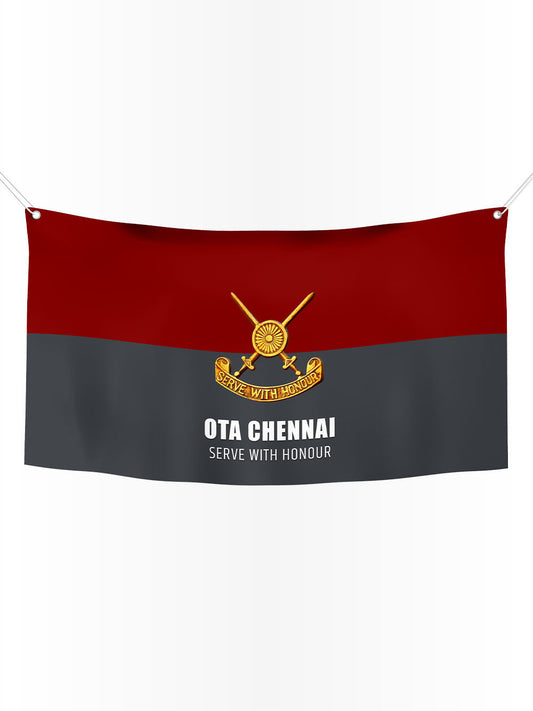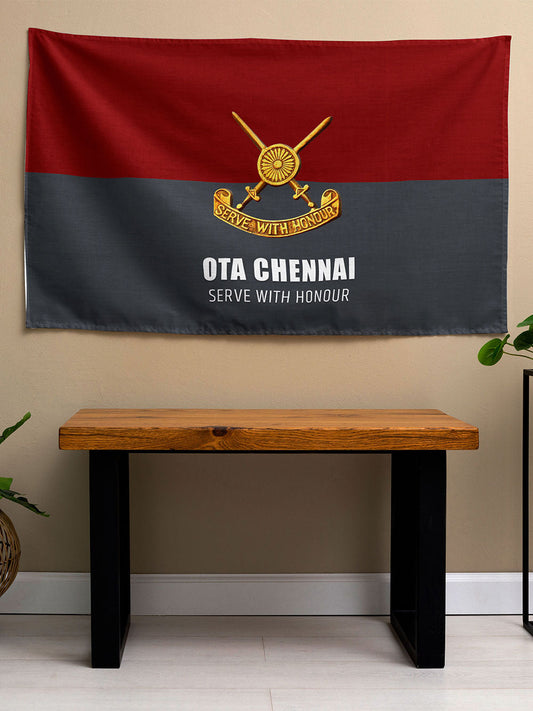Top 10 Assault Rifles Used by Indian Armed Forces in 2025

The Indian Armed Forces, encompassing the Army, Navy, and Air Force, have traditionally utilized a combination of locally produced, licensed, and imported assault rifles for their infantry and special forces. The progression of these weapons highlights India's strategic focus on self-reliance, as seen in initiatives such as Make in India, while addressing operational demands across varied terrains including high-altitude borders, counter-insurgency environments, and urban combat settings.
From the domestically crafted INSAS rifle introduced in the 1990s to recent procurements like the AK-203 and SIG 716, the focus has been on reliability, modularity, and firepower. By 2025, the forces are shifting towards modern rifles that offer better ergonomics and enhanced lethality, gradually phasing out older models as part of ongoing acquisitions. This article delves into 10 significant assault rifles currently in service, exploring their development, specifications, and roles within the Indian military framework.
1. INSAS Rifle
History and Development
Conceived in the mid-1980s by the Armament Research and Development Establishment (ARDE) in Pune, the INSAS (Indian Small Arms System) was intended to replace the licensed L1A1 self-loading rifles. The Ordnance Factories Board began mass production in 1997, integrating aspects from the AKM, FN FAL, and IMI Galil. It entered service in 1998, with its first combat use during the 1999 Kargil War.

Specifications
| Caliber | 5.56×45mm NATO |
|---|---|
| Weight | 4.018 kg (empty) |
| Length | 960 mm |
| Barrel Length | 464 mm |
| Rate of Fire | 600–650 rounds/min |
| Effective Range | 400 m |
| Feed System | 20- or 30-round detachable box magazine |
Usage in Indian Armed Forces
Serving as the standard infantry rifle for nearly thirty years, the INSAS has been heavily used in counter-insurgency operations in areas like Jammu and Kashmir and against Maoist insurgents. However, issues with reliability, such as jamming in cold climates and unintentional firing, have led to its gradual replacement by more modern models like the AK-203. By 2025, it continues to be used in a limited capacity by reserve units and paramilitary forces.
2. AK-203
History and Development
The AK-203 is part of the AK-200 series created by Kalashnikov Concern in the 2010s, a modernized version of the AK-74M. In 2019, India entered into a joint venture with Russia to manufacture the rifle locally via Indo-Russia Rifles Private Limited (IRRPL) in Uttar Pradesh, with full technology transfer completed by 2023.

Specifications
| Caliber | 7.62×39mm |
|---|---|
| Weight | 3.8 kg |
| Length | 880–940 mm (stock extended) |
| Barrel Length | 415 mm |
| Rate of Fire | 700 rounds/min |
| Effective Range | 400–800 m |
| Feed System | 30- or 50-round detachable box magazine |
Usage in Indian Armed Forces
Adopted as the new standard-issue rifle, over 48,000 units were delivered by July 2025, with production increasing to 100,000 annually. It replaces the INSAS for frontline infantry and is praised for its durability in harsh conditions. Delivery numbers are expected to reach 70,000 in 2025, bolstering efforts in counter-terrorism and border security.
3. SIG 716i
History and Development
Manufactured by SIG Sauer in the 2010s, the SIG 716i is a cost-effective version of the SIG 716 battle rifle, featuring a short-stroke piston system. It is an advancement from the HK416, focusing on lighter, modular designs.

Specifications
| Caliber | 7.62×51mm NATO |
|---|---|
| Weight | 3.58 kg |
| Length | 965 mm (stock extended) |
| Barrel Length | 400 mm |
| Rate of Fire | 550–650 rounds/min |
| Effective Range | 600 m |
| Feed System | 20-round detachable box magazine |
Usage in Indian Armed Forces
Since 2019, the SIG 716i has been procured extensively, with another 73,000 ordered in 2024. It functions as a patrol and battle rifle for infantry units, particularly in high-risk zones. By 2025, over 145,400 units are operational, bolstering firepower for counter-insurgency missions.
4. IWI Tavor TAR-21
History and Development
Created by Israel Weapon Industries (IWI) in the 1990s, the TAR-21 bullpup rifle aimed to supersede the M4A1 in close-quarters combat. It was inducted into Israeli service in 2001 and has been fine-tuned based on combat feedback, including during Operation Cast Lead in 2009.

Specifications
| Caliber | 5.56×45mm NATO |
|---|---|
| Weight | 3.27 kg |
| Length | 720 mm |
| Barrel Length | 457 mm |
| Rate of Fire | 750–950 rounds/min |
| Effective Range | 550 m |
| Feed System | 30-round STANAG magazine |
Usage in Indian Armed Forces
Special forces units such as the Para Commandos and MARCOS predominantly use the TAR-21, valued for its compact build in urban and counter-terrorism missions. It remains in active deployment as of 2025, with versions like the X95 also in use.
5. M4 Carbine
History and Development
Emerging from the M16A2 in the 1980s through Colt, the M4 was formalized in 1994 as a more compact carbine. It has undergone over 90 enhancements, including the M4A1 variant with full-automatic capability, and is part of ongoing replacement efforts such as the NGSW program.

Specifications
| Caliber | 5.56×45mm NATO |
|---|---|
| Weight | 2.92 kg (empty) |
| Length | 838 mm (stock extended) |
| Barrel Length | 368 mm |
| Rate of Fire | 700–970 rounds/min |
| Effective Range | 500 m |
| Feed System | 30-round STANAG magazine |
Usage in Indian Armed Forces
Applied by special forces due to its modularity and reliability, the M4 is utilized in operations in Jammu and Kashmir and international missions. By 2025, it remains in use by elite units during transitions to newer systems.
6. AK-103
History and Development
Kalashnikov introduced the AK-103 in 1993 as part of the AK-100 series, a modernized AK-74M chambered for 7.62×39mm, incorporating plastic components for reduced weight. Since 1994, over 250,000 units have been produced.

Specifications
| Caliber | 7.62×39mm |
|---|---|
| Weight | 3.6 kg (empty) |
| Length | 943 mm (stock extended) |
| Barrel Length | 415 mm |
| Rate of Fire | 600 rounds/min |
| Effective Range | 500 m |
| Feed System | 30-round detachable box magazine |
Usage in Indian Armed Forces
Acquired in 2021 for the Air Force and special forces, the AK-103 is engaged in counter-insurgency and integrated into Army units. It remains operational in 2025, complementing the AK-203 rollout.
7. FN SCAR-L
History and Development
FN Herstal developed the SCAR family in 2004 for U.S. SOCOM, emphasizing modularity. The SCAR-L (light) variant was issued in 2009 but saw limited U.S. use; it has been exported to over 20 countries.

Specifications
| Caliber | 5.56×45mm NATO |
|---|---|
| Weight | 3.29 kg |
| Length | 889 mm (stock extended) |
| Barrel Length | 355 mm |
| Rate of Fire | 550–650 rounds/min |
| Effective Range | 500 m |
| Feed System | STANAG magazines |
Usage in Indian Armed Forces
Special forces favor the SCAR-L for its adaptability, deploying it in precision operations. As of 2025, it supports elite teams in high-risk environments.
8. AKM
History and Development
The AKM was introduced in 1959 as a lighter version of the AK-47, featuring stamped steel construction for easier mass production. Over 10 million units were manufactured, impacting global rifle designs.

Specifications
| Caliber | 7.62×39mm |
|---|---|
| Weight | 3.3 kg |
| Length | 880 mm |
| Barrel Length | 415 mm |
| Rate of Fire | 600 rounds/min |
| Effective Range | 300 m |
| Feed System | 30-round detachable box magazine |
Usage in Indian Armed Forces
Variants are deployed by various units, including paramilitary, prized for their toughness in rugged terrains. In 2025, it continues in secondary roles amid modernization.
9. Ghatak Assault Rifle
History and Development
Created by Rifle Factory Ishapore in the 2010s, the Ghatak is an indigenous AKM-based rifle tailored for counter-insurgency. It includes modern rails and a folding stock, finalized by 2017.

Specifications
- Caliber: 7.62×39mm
- Weight: 3.6 kg
- Length: 890 mm
- Barrel Length: 414 mm
- Rate of Fire: 600 rounds/min
- Effective Range: 300 m
- Feed System: 30-round detachable box magazine
Usage in Indian Armed Forces
Ideal for close-quarters and insurgency operations, the Ghatak equips specialized units. As of 2025, it supports regional security forces with ongoing production.
10. Excalibur Rifle
History and Development
Derived from the INSAS in 2004 by ARDE, the Excalibur addressed reliability issues with improved ergonomics. Prototypes were tested by 2015, but it was rejected as a standard rifle in 2017.

Specifications
- Caliber: 5.56×45mm NATO
- Weight: 3.81 kg (empty)
- Length: 895 mm
- Barrel Length: 400 mm
- Rate of Fire: 650–700 rounds/min
- Effective Range: 450 m
- Feed System: 20- or 30-round detachable box magazine
Adopted interimly by the Army and used by police forces like Assam and Karnataka for security duties. In 2025, it serves in limited capacities while newer rifles dominate.



















